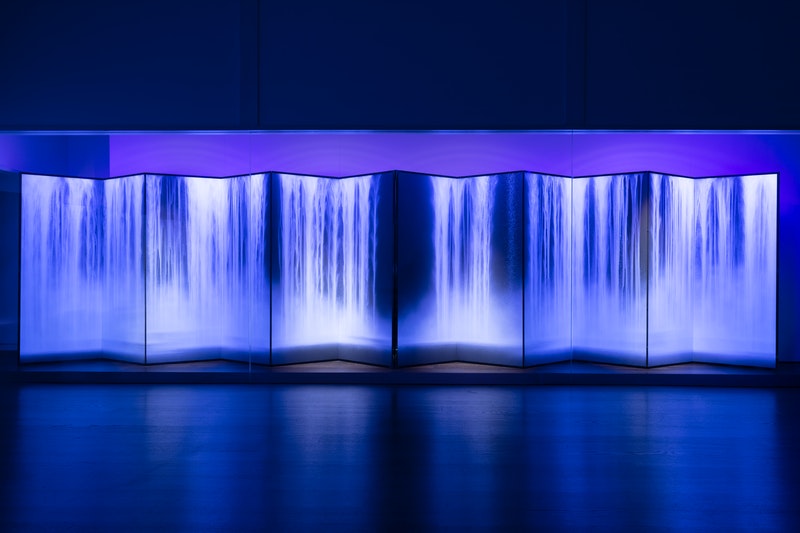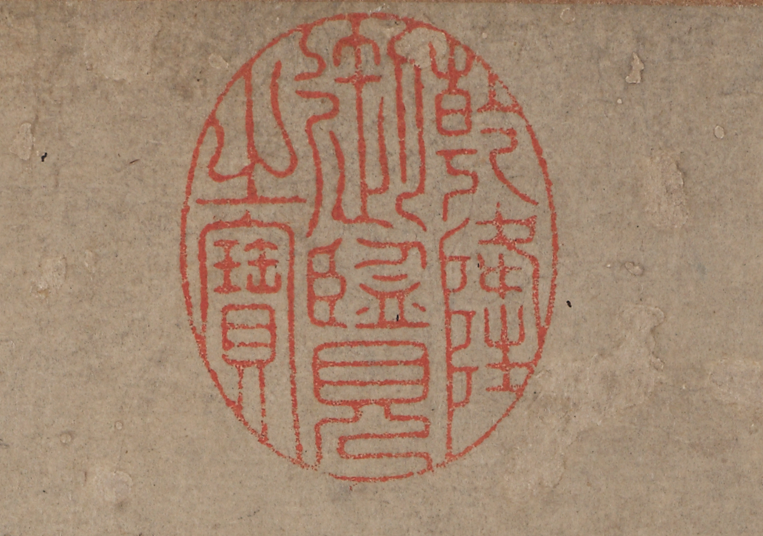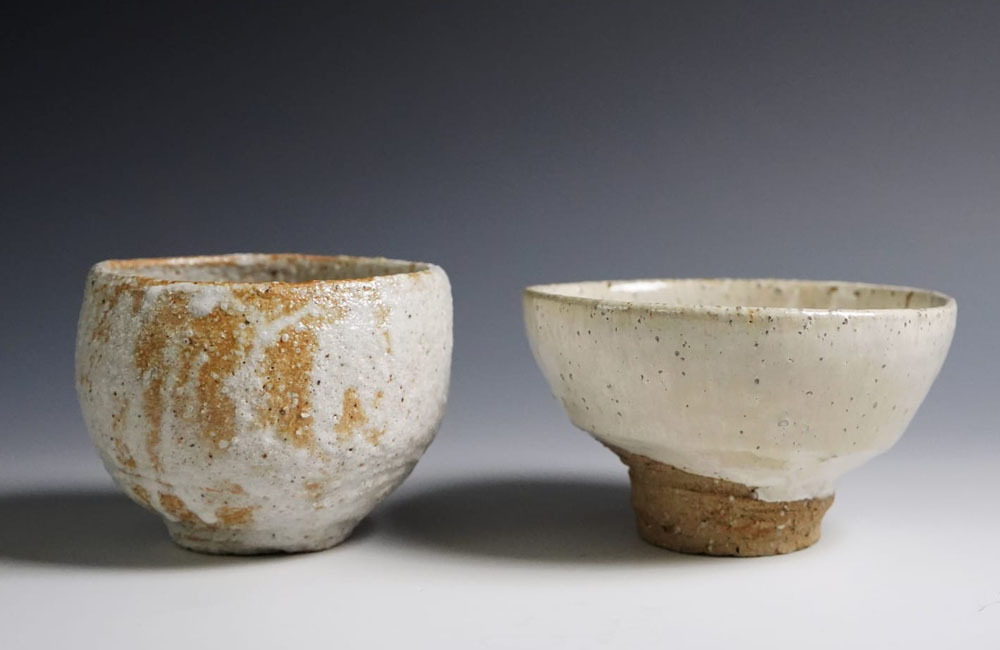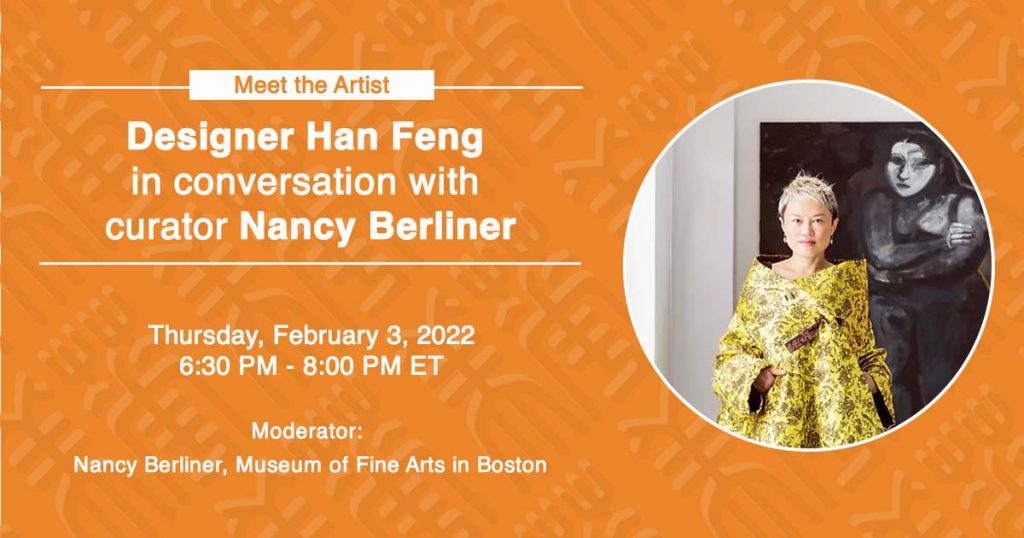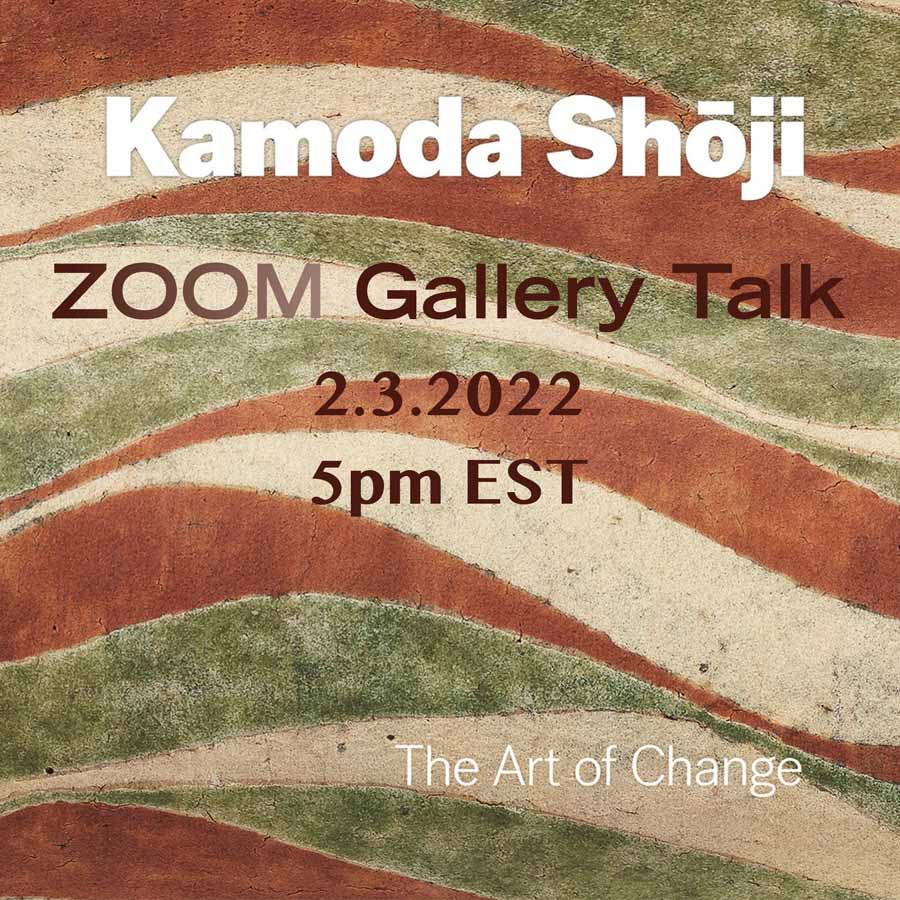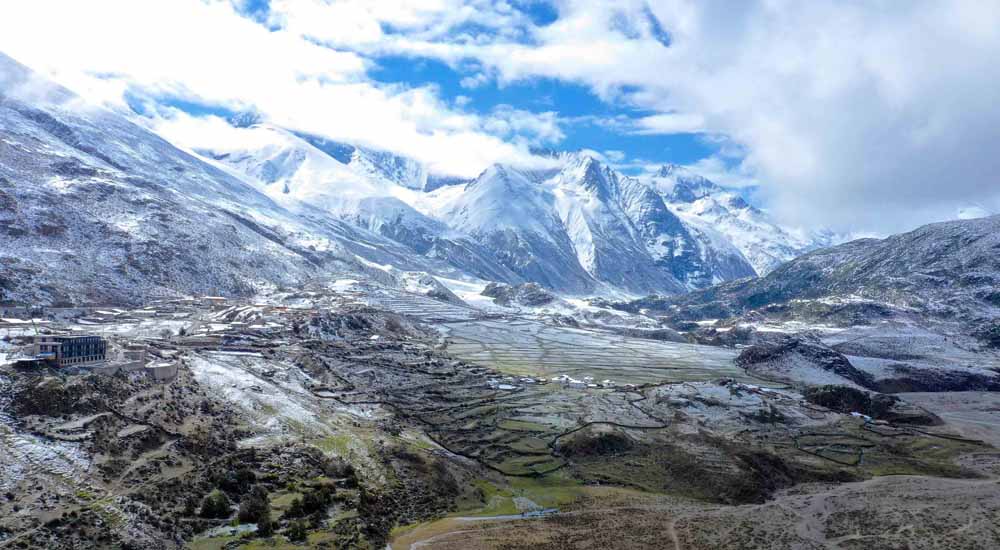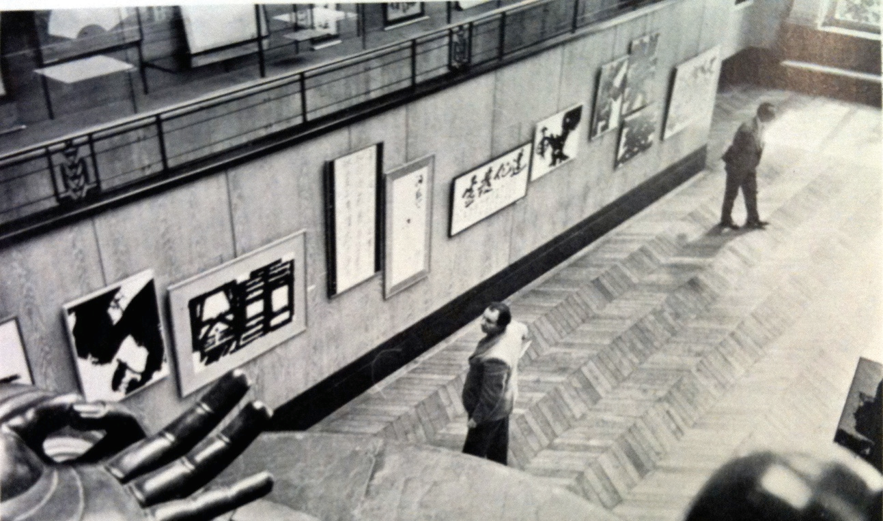
Avant-Garde Calligraphy and Zen between Postwar Japan, Europe, and the United States, Japanese Art Society of America
Free online program, Wednesday, February 9 at 5pm
JASA's February virtual event is the Zoom webinar Avant-Garde Calligraphy and Zen between Postwar Japan, Europe, and the United States. Dr. Eugenia Bogdanova-Kummer will present on postwar Japanese calligraphy based on her recent book Bokujinkai: Japanese Calligraphy and the Postwar Avant-Garde.
This talk will introduce the Kyoto-based avant-garde calligraphy group named Bokujinkai, and explore their international trajectories. Bokujinkai—or “People of the Ink”—was a group formed in 1952 by five calligraphers: Morita Shiryū, Inoue Yūichi, Eguchi Sōgen, Nakamura Bokushi and Sekiya Yoshimichi. In the early postwar years, avant-garde calligraphers from Japan radically transformed their art with the aim of bringing calligraphy to the same level of recognition as abstract painting. In order to reach this goal, they launched creative collaborations with European Art Informel artists and American Abstract Expressionists, and soon started sharing exhibition spaces with them at the Museum of Modern Art in New York, Documenta in Kassel, São Paulo Biennale and Carnegie International.
During this talk, Dr. Bogdanova-Kummer will examine the role that the postwar global Zen movement played in shaping the success of Japanese calligraphy abroad and will present their collaborations as one of the most fascinating examples of the early postwar global art exchanges.
Advance registration is required for this event. Click here to register
Recordings of earlier online lectures, such as The Japanese Buddhist World Map: Religious Vision and the Cartographic Imagination, held on January 11, 2022, and Hokusai: A Curatorial Perspective, held on December 1, 2021, are available on JASA's website, click here

